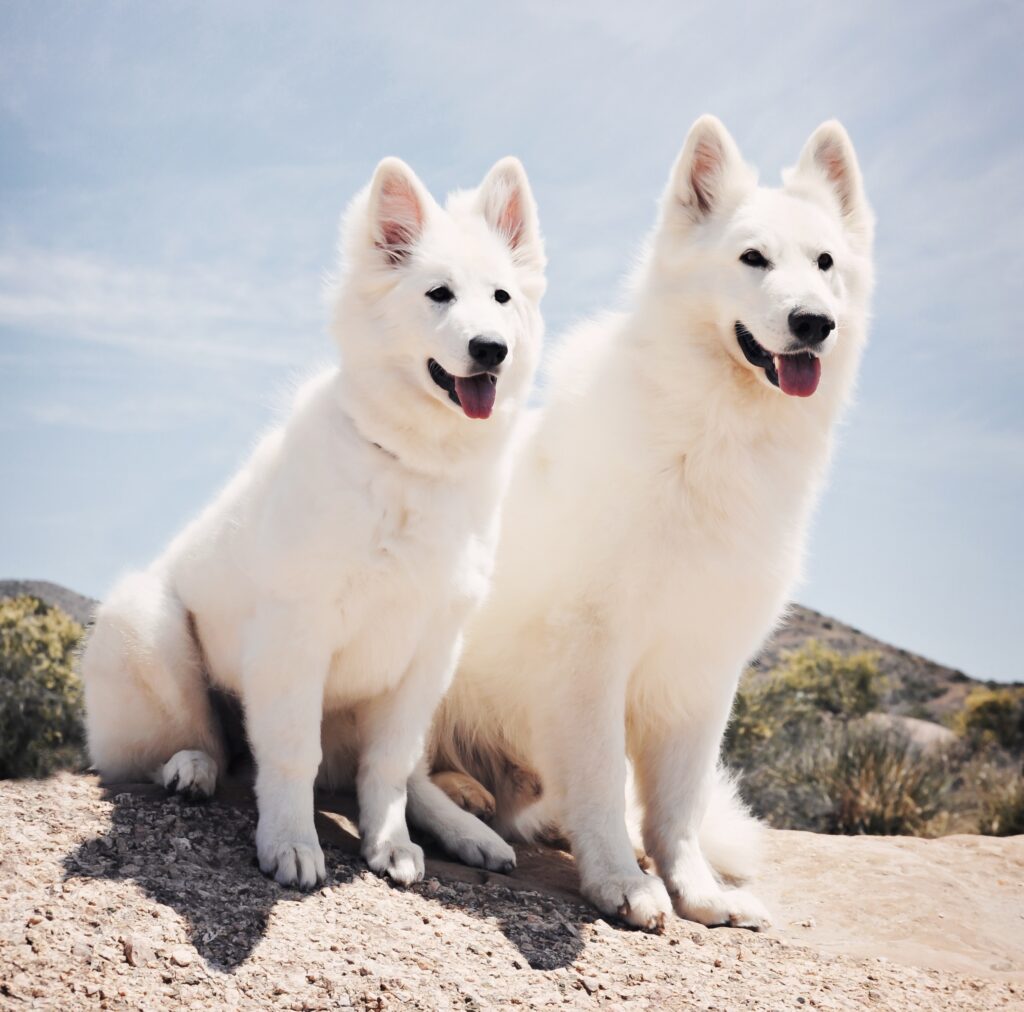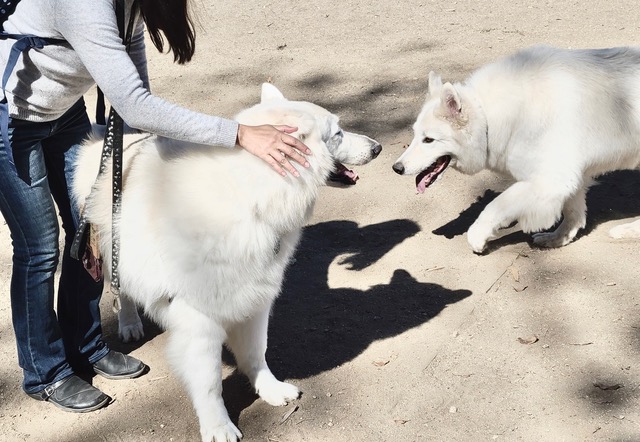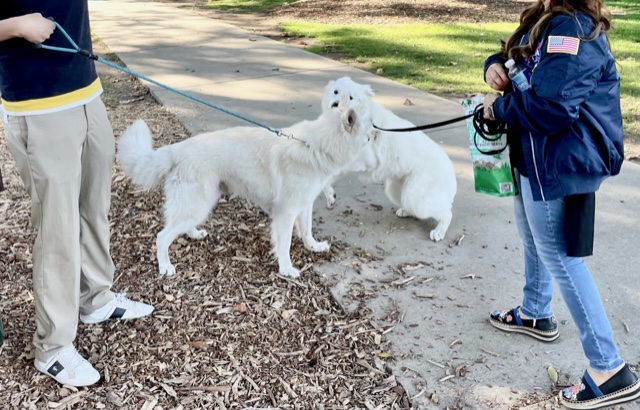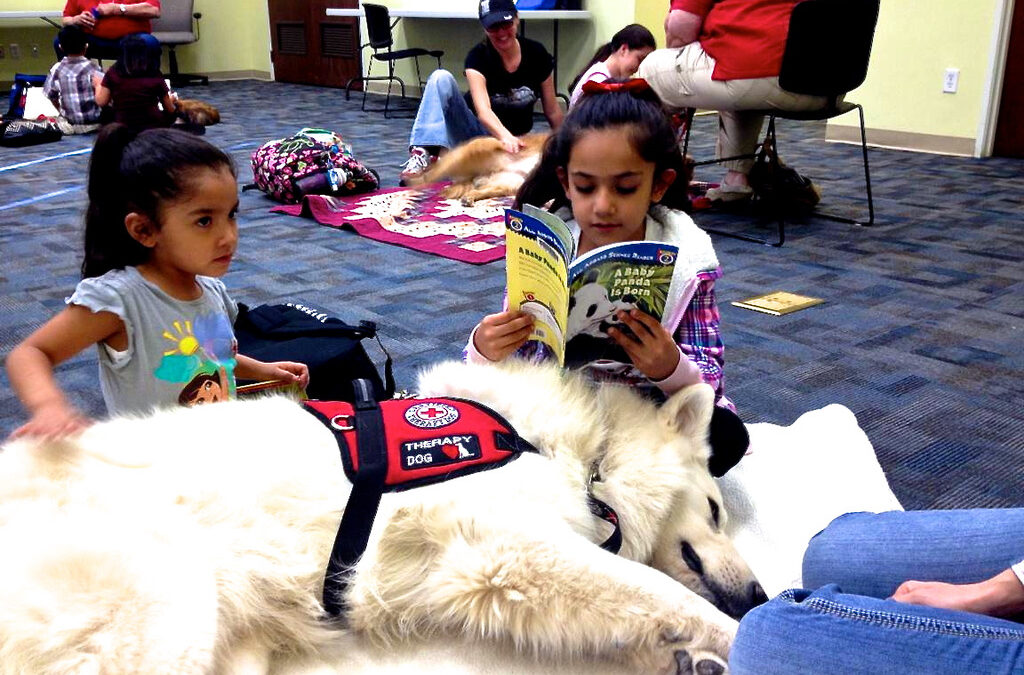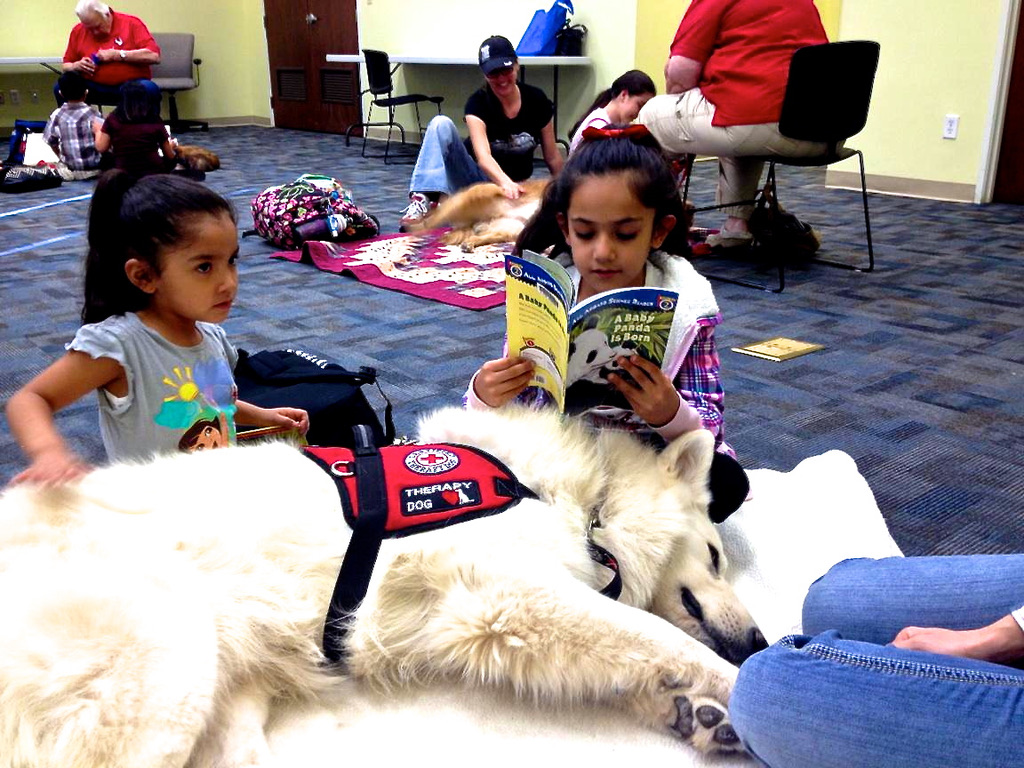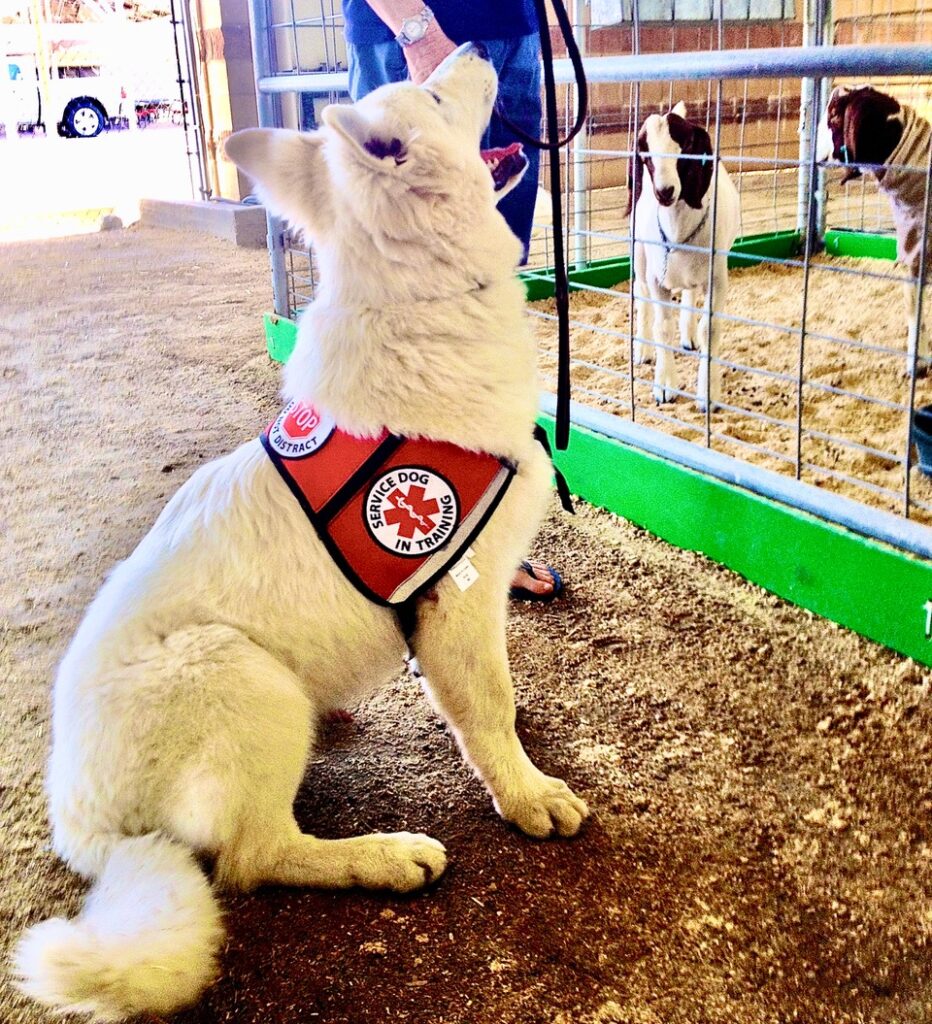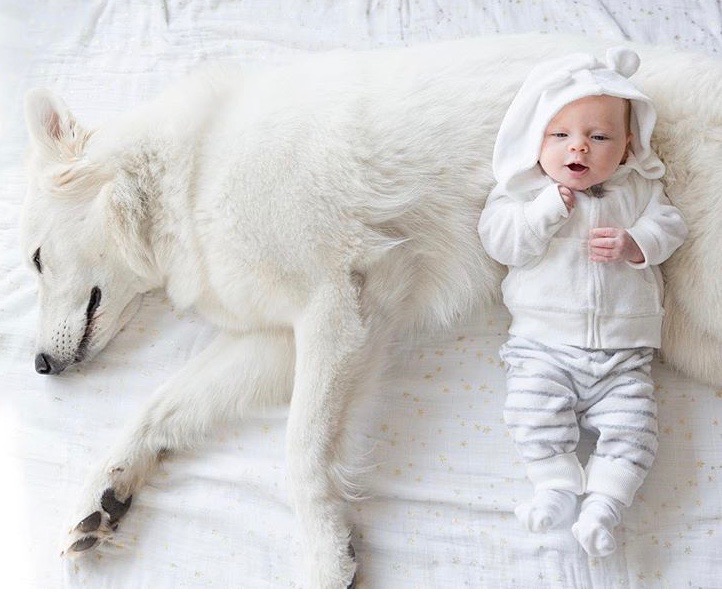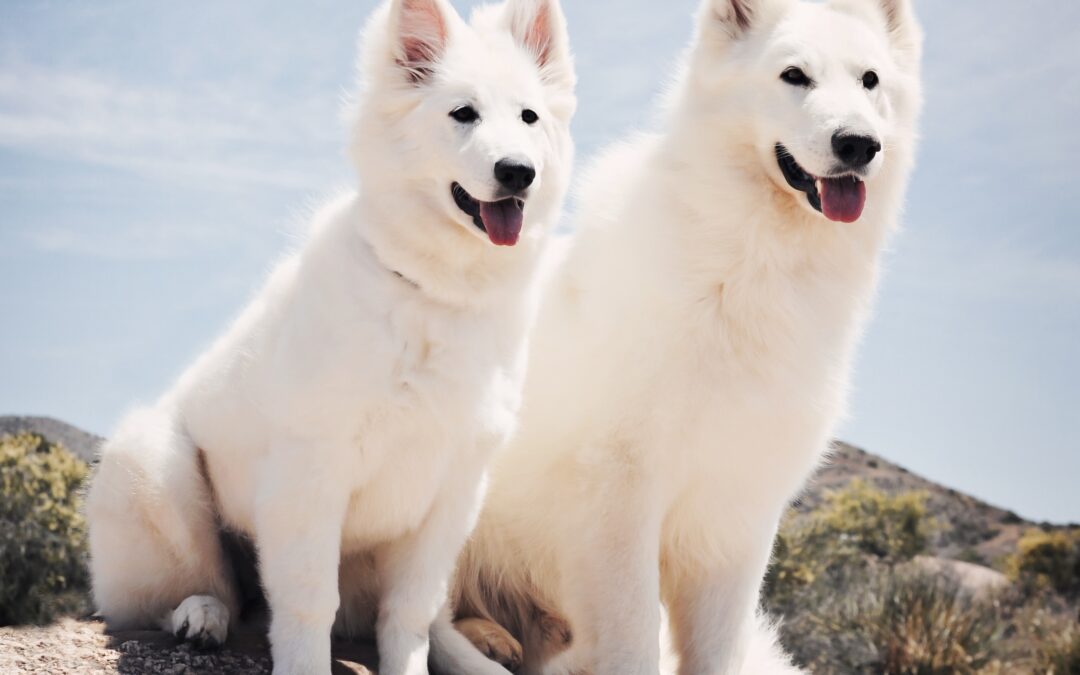
Should I get a male or female White Swiss Shepherd ?
Male vs. Female White Swiss Shepherd: Which Berger Blanc Suisse Gender Is Right for You?
Choosing between a male or female White Swiss Shepherd puppy is one of the most common questions among future Berger Blanc Suisse owners — and the answer isn’t always black and white.
White Swiss Shepherd Temperament: Male vs. Female Differences
In general, male White Swiss Shepherds tend to be more independent, outgoing towards strangers, playful, and more territorial. Female Berger Blanc Suisse dogs are more commonly known to be intense, loyal, sensitive, and deeply devoted to their owner. However, this doesn’t always hold true. Every White Swiss Shepherd is foremost an individual!
Understanding Your Berger Blanc Suisse’s Personality
Temperament and behavior in White Swiss Shepherds are shaped by a combination of genetics, socialization, training, and environment — not just gender. For every theory about male versus female Berger Blanc Suisse traits, you’ll find plenty of dogs that defy the stereotype.
White Swiss Shepherd Size Differences Between Males and Females
Size is one distinction that tends to be more consistent in the Berger Blanc Suisse breeds: Males are generally larger, weighing 80-100 pounds, and stronger than females. Female White Swiss Shepherds usually weigh between 55-75 pounds.
Size can matter when it comes to handling your White Swiss Shepherd, though a well-trained dog is manageable regardless of gender.
Practical Considerations for White Swiss Shepherd Ownership
An intact female White Swiss Shepherd will come into heat twice a year, which requires careful management until she is old enough to get spayed. Male Berger Blanc Suisse dogs lift their legs to mark their territories, and potty breaks might take longer as they investigate and mark various spots.
If you Already Have a Dog at Home
Even though this gentle and sociable breed does well with same-gender companions, adding an opposite sex White Swiss Shepherd is often ideal. Opposite-sex pairs frequently become bonded companions with fewer same-gender disputes.
Choosing the Right White Swiss Shepherd Gender for Your Family
At the end of the day, the best choice between a male or female Berger Blanc Suisse depends on you and your specific expectations. If you’re still unsure about which White Swiss Shepherd gender suits your lifestyle, the most helpful step is speaking with your breeder who knows their puppies’ individual temperaments best.
At Dances with Wolves Ranch, we work closely with each family to understand their needs and match them with the White Swiss Shepherd puppy whose temperament best fits their situation. Whether you choose a male or female Berger Blanc Suisse, you’ll be welcoming a loyal, intelligent, and beautiful companion into your home.

